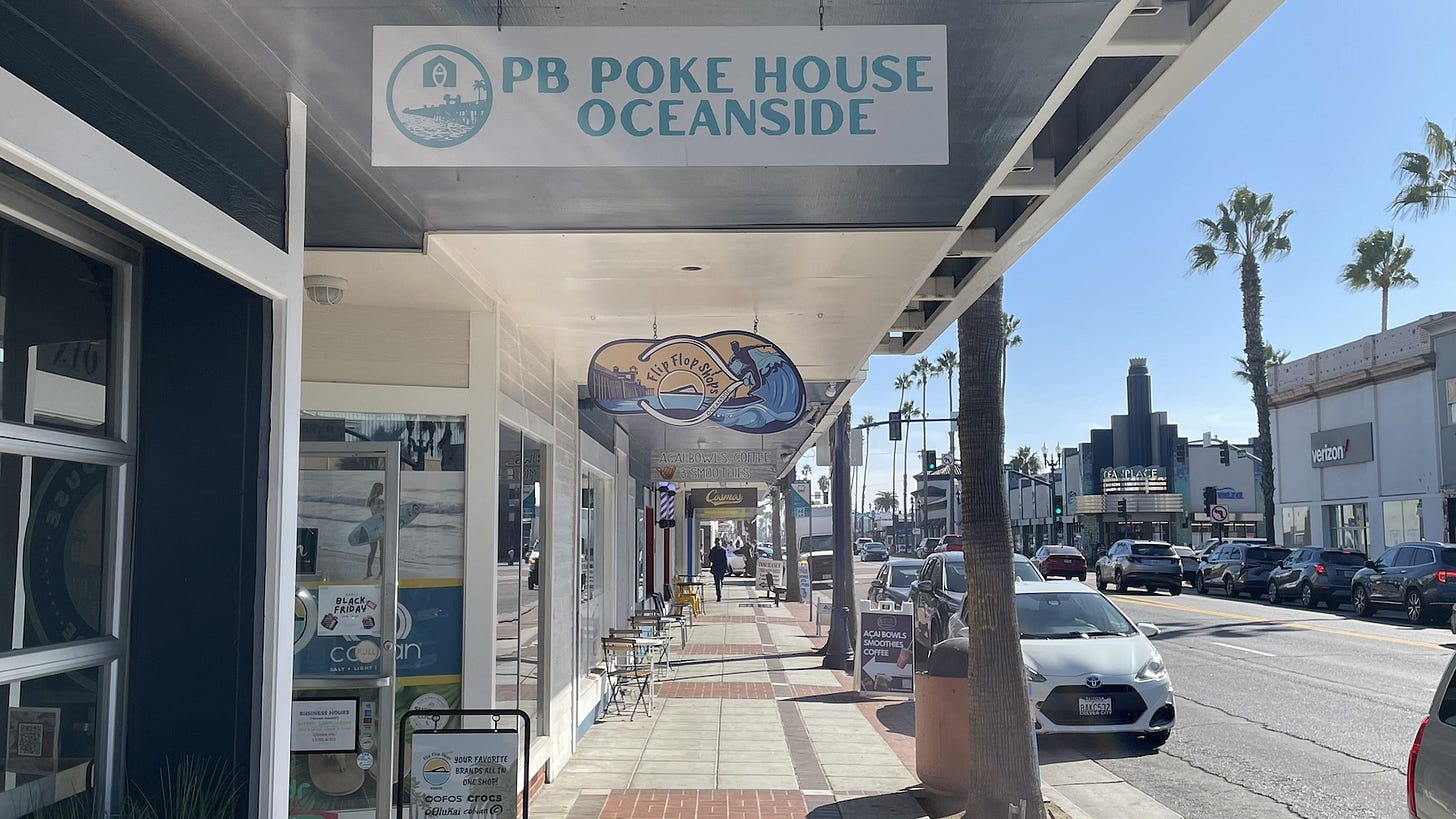Shopping local benefits local economies
As Small Business Saturday approaches, the importance of shopping local benefits small retailers, local economy, jobs and more
Keep reading with a 7-day free trial
Subscribe to North County Pipeline to keep reading this post and get 7 days of free access to the full post archives.





